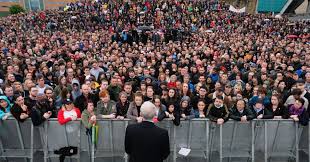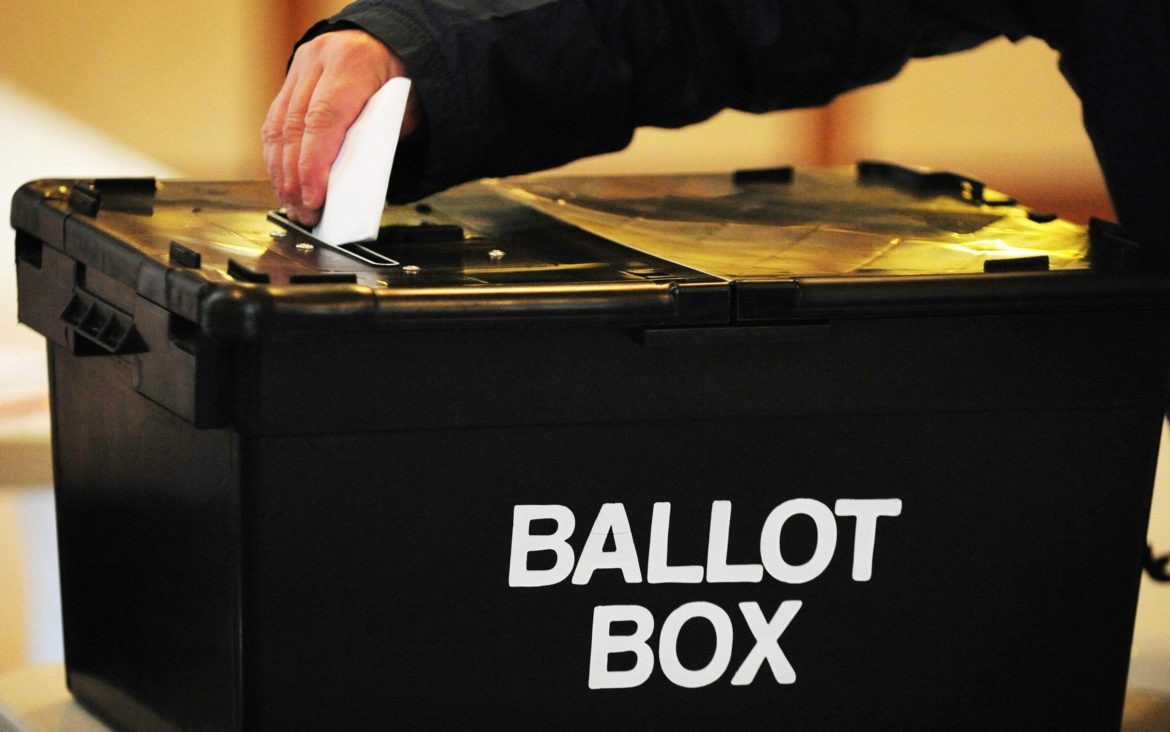
THIS report, which was generally shunned by the left, is careful not to point the finger of blame for internal party conflict, it “rests not wholly with one side or part of our movement.” I disagree writes Faraz Khan
The factionalising that plagued the party throughout the election campaign was driven by an anti-Corbyn faction at the very heart of the party machine and the parliamentary party.
At the root was opposition to Corbyn’s policies, not his leadership style or personality.
This is Labour stripped of its politics, a corporate shell of a party
The report’s avoidance of this makes it a recipe for a corporate-style makeover, where hierarchies are preserved while paying lip-service to member involvement.
The new anti-factional message means silencing Corbyn supporters while the opposing faction rules the roost.
As Ailbhe Rea writes in the New Statesman: “The report reads even more fascinatingly as a document, not about Labour’s past, but Labour’s future. It isn’t so much an analysis of Corbynism, as a blueprint for Starmer and Starmerism. … “
She concludes: “Keir Starmer and the parliamentary party took the knee for George Floyd and supported peaceful protest, but the Labour leader, on his new LBC phone-in show, which reaches exactly the voters Labour needs to win back, notably did not support the way in which the statue of Edward Colston was toppled.”
The report says that the Tory online presence was vastly improved on 2017: using proxies to attack Labour and build support in key seats.
In contrast Labour’s online campaign reflected a failure of integration and innovation; a lack of professionalism and capacity; was poorly co-ordinated and online supporters did not reach a wide enough range of voters.
The importance of new online and social media in influencing voters’ perceptions and behaviour has risen, it claims.
Online campaigning and advertising was unprecedented. Labour put a significant amount of resources in to this.
Labour employed digital media teams in the Head Office and the Leaders’ office, as well as consultants and groups across the party.
It spent heavily on paid online adverts – £1.4 million on Facebook ads compared with £900,00 by the Conservatives (though this does not include spending from outrider pages or on sponsored posts).
Labour invested in Promote, software designed to target individuals’ social media timelines. It also called on the support of numerous allied organisations and individuals active on social media, many with very large followings.
Successes were claimed by Labour’s digital teams for:
- More than six million views for two videos.
- 1.5 million likes for Jeremy Corbyn on Facebook and 2.2 million followers on Twitter.
- More shares and retweets for Jeremy Corbyn than Boris Johnson or the Conservatives.
- A large scale mobilisation of members and supporters on the ground. in which digital communications clearly played a role.
However, the report claims that its evidence shows that overall the Conservatives were far more effective in this arena.
They invested in infrastructure, skills and expertise, developing a comprehensive and multi-faceted strategy to beat us in 2019.
Key elements included:
- A strategic focus on digital media as central to engaging and persuading voters outside their traditional supporter groups.
- A clear senior role for the digital team, based alongside the head of the campaign in the election ‘war room’.
- A professional team who knew how to gain reach through algorithms and organic shares, as opposed to paid advertising.
- Emphasis on reach among broader groups of voters – including through banner ads on newspaper websites or Google and YouTube, where they spent significantly more than Labour.
- A creative focus on finding fresh and controversial ways of reiterating and reinforcing the same core messages.
Using social media can increase the resonance of talking points repeated on print or broadcast media – made possible by co-ordination of digital and news functions.
- A willingness to allow creative experimentation with content, without slow sign-off procedures
- Intensive testing of content for impact, that began when the new Leader took office in July 2019 and continued throughout the campaign; we were told the Conservatives tested 11,000 different ads compared to 2,500 tests by Labour in the same period
- A system of support for candidates in 50 target constituencies, provided by consultancy firm Westminster Digital, that allowed them to create their own, personalised, localised content to a professional standard that was reinforced by national messaging and themes. Analysis suggests that,they succeeded in raising their clients’ social media followings by between ten and twenty per cent.
- A network of supportive outriders that succeeded in drawing voters away from rival parties – from abrasive groups like the Campaign Against Corbynism Rebel Media, which was seen as drawing Labour Leave voters into their orbit, to less obviously political groups such as Working4UK or Parents’ Choice. These groups did not link to the Conservative Party, though investigation revealed a Conservative councillor, official or lobbyist behind each.
Over the summer, and well ahead of the election, the Conservative Party was running hundreds of ads with slight differences in colour, wording and even using different emojis.
Though Facebook’s portal for political advertising doesn’t show what criteria advertisers are using to identify those they want to reach, the content of the ads and relatively small budgets (often under £100) suggests they were being targeted at individual constituencies.
Clearly this approach proved highly effective, particularly in exploiting negative perceptions of Labour’s Leader, with many candidates and campaigners reporting the impact of a surge in negative online campaigning in the final week of the campaign.
Subscribe
Click here for a secure way to sign up, you will be supporting independent news. Click the button below.
Your Opinions
Disagree with this article? why not write in and you can have your say? email us




